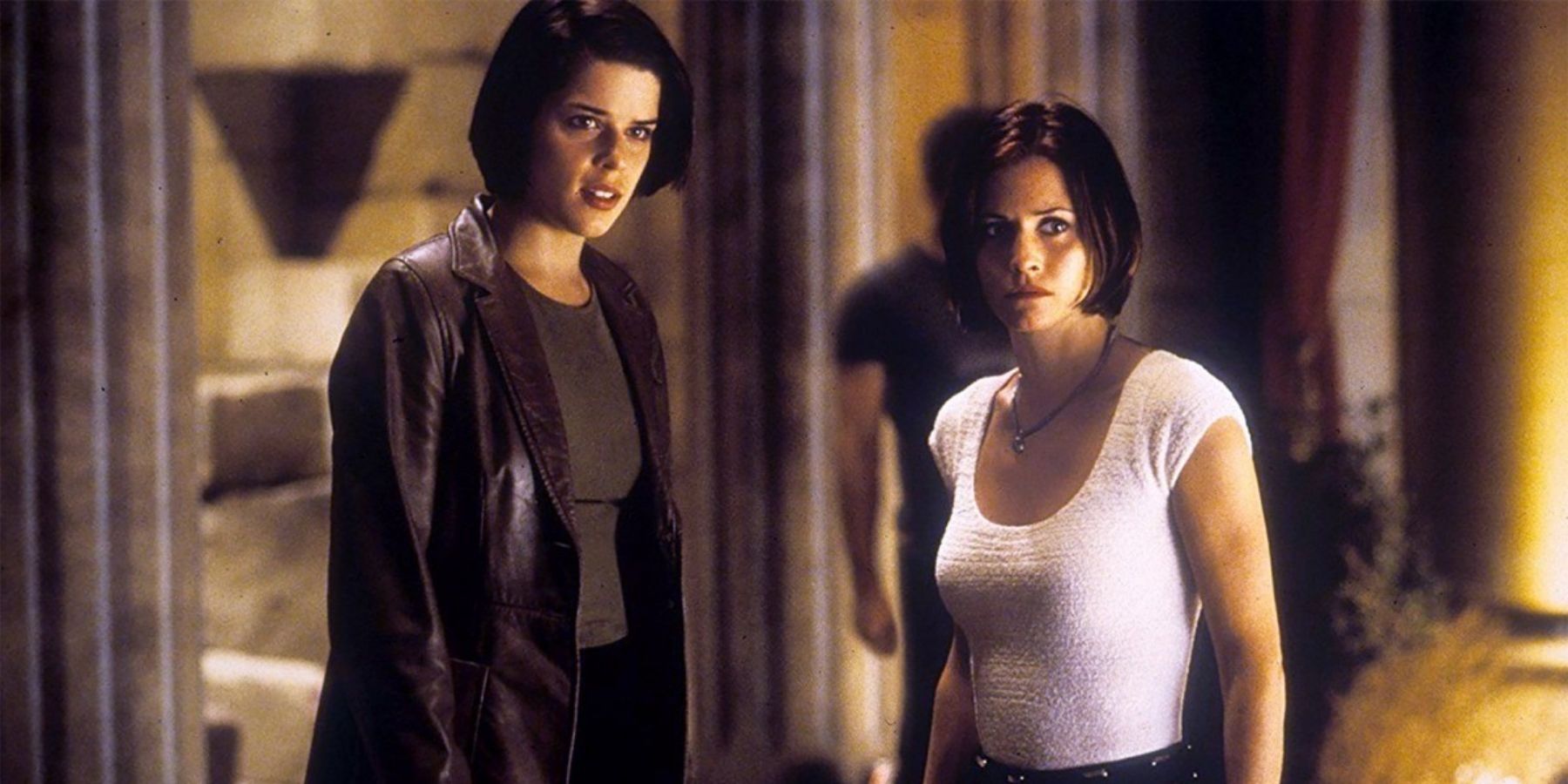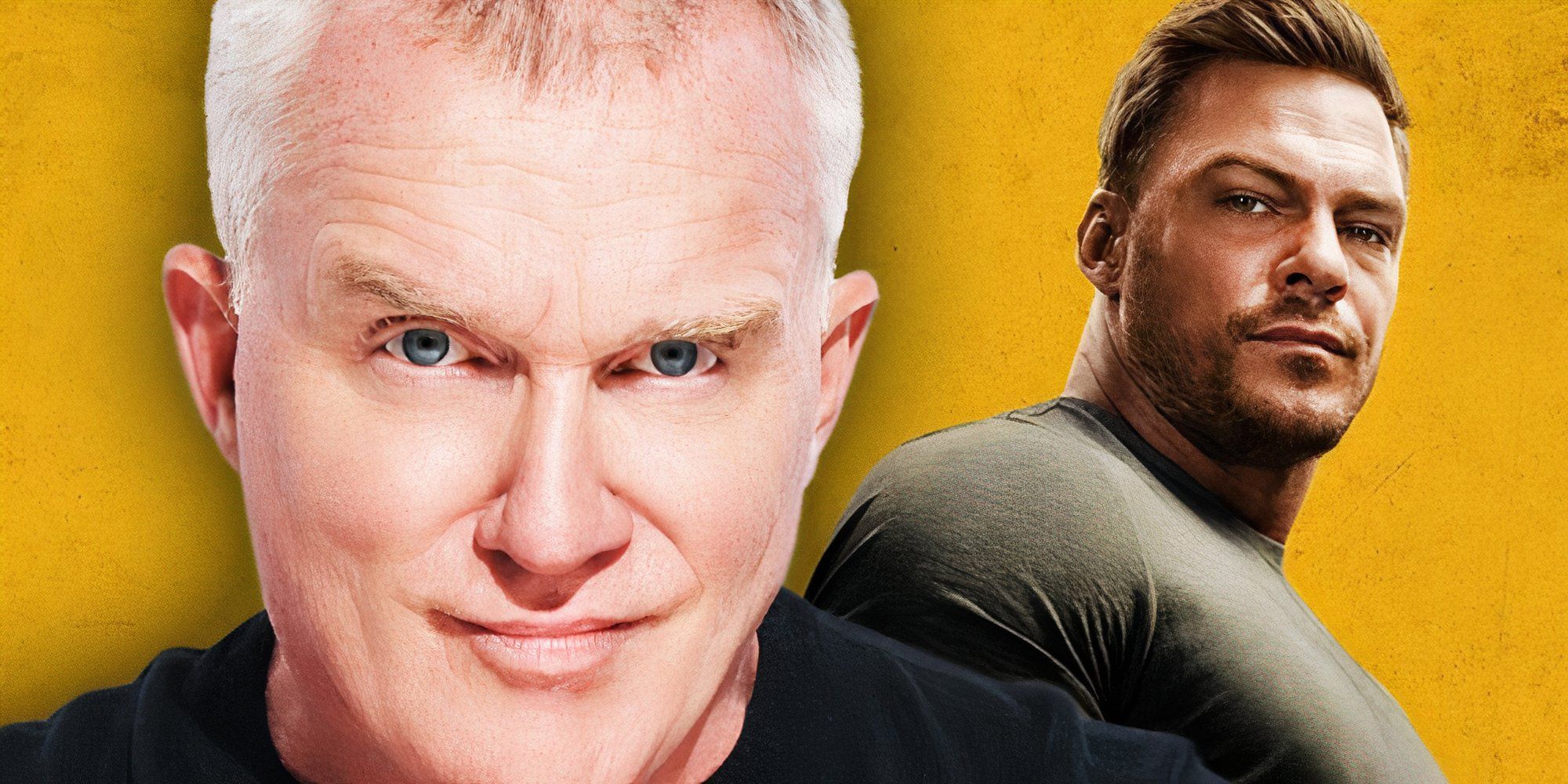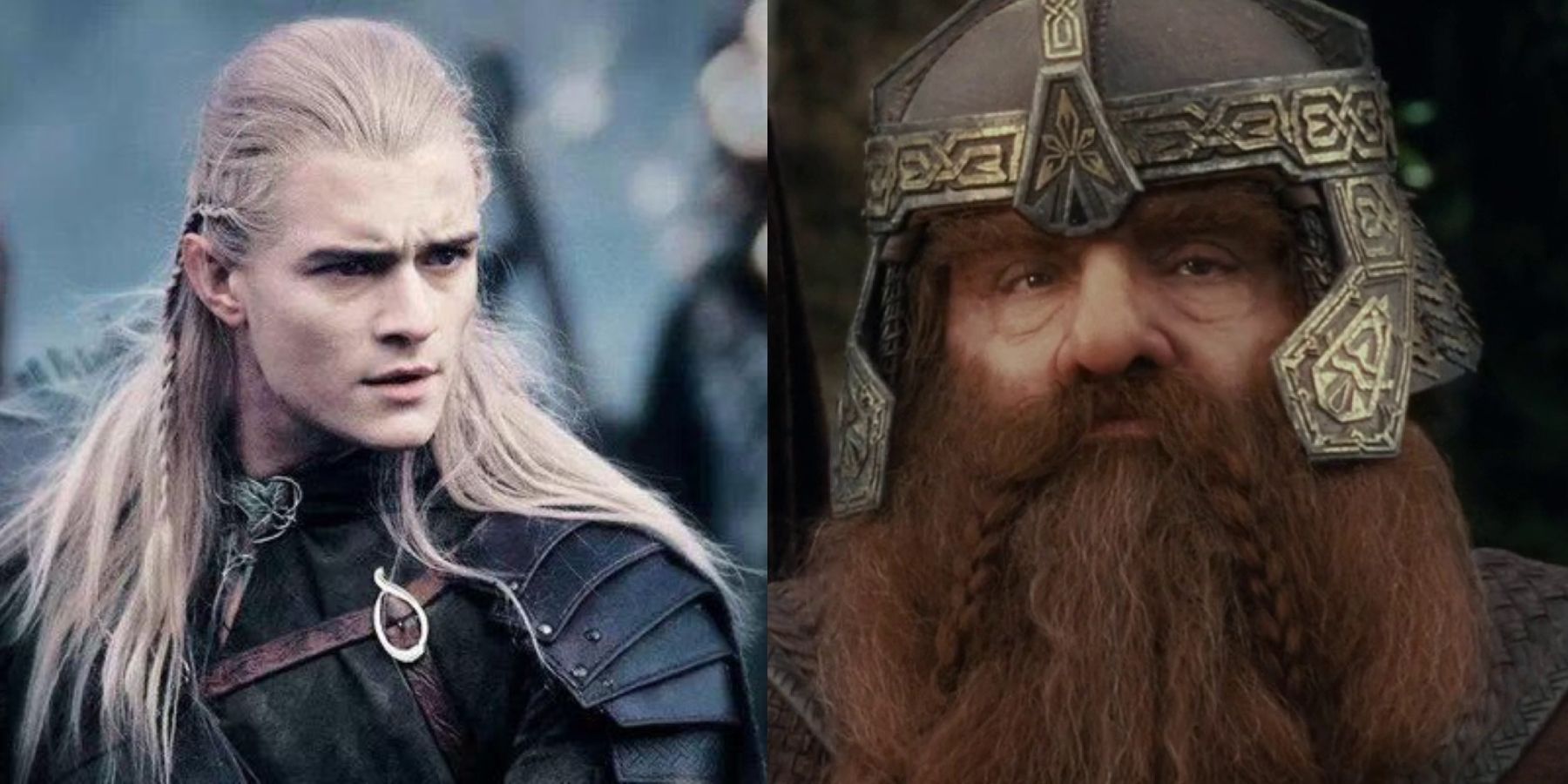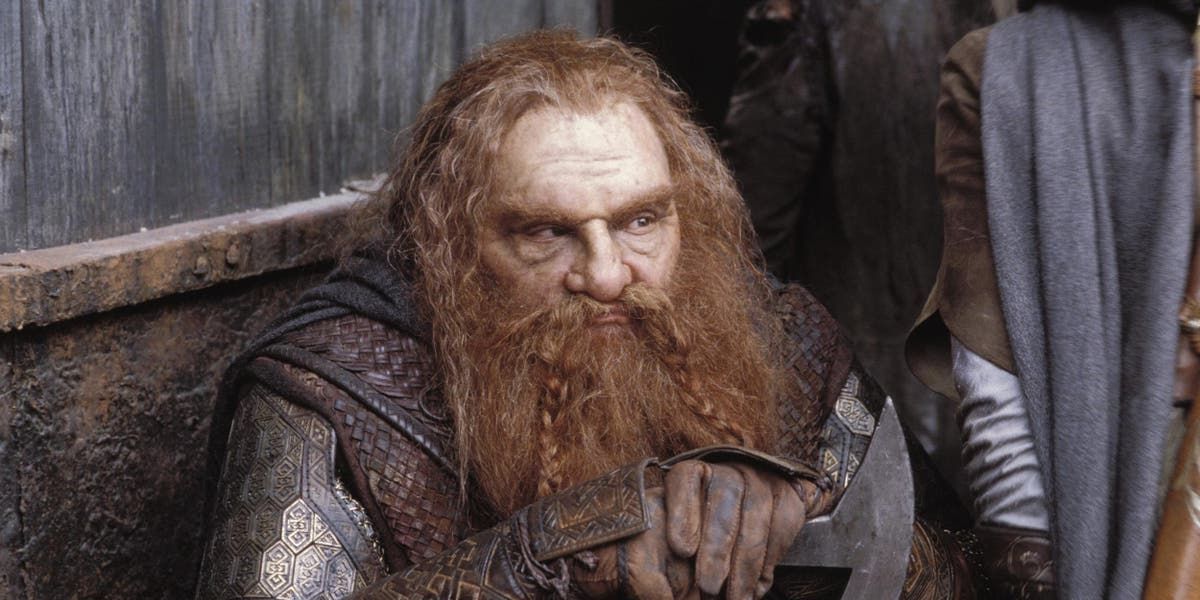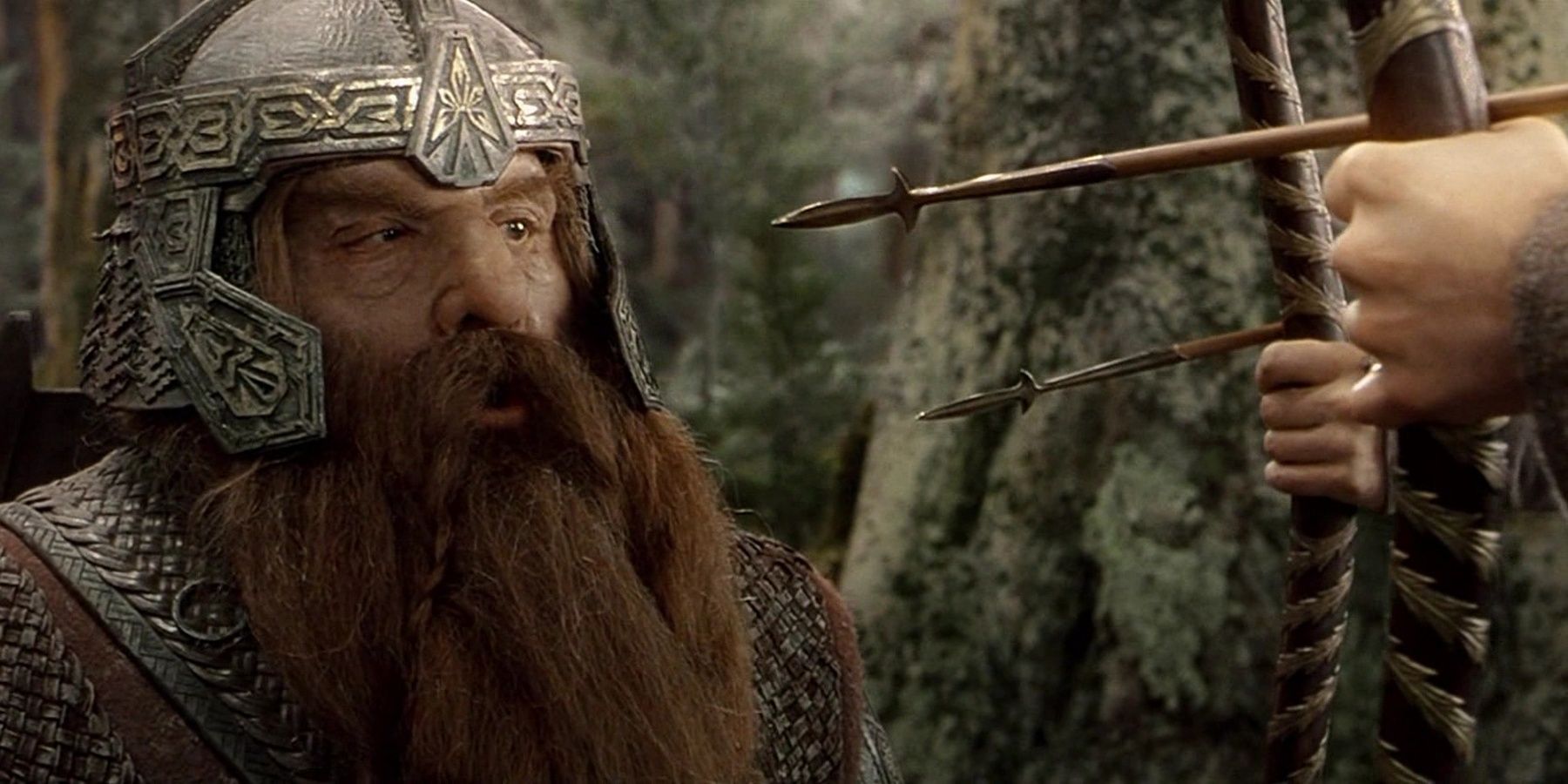One of the many compelling arcs that take place over the course of the Lord of the Rings series is the relationship between Legolas and Gimli. The pair begin the story in a rivalry, constantly competing with each other and clearly harboring feelings of resentment towards each other because of the rift between Elves and Dwarves. By the end of the series, however, they are very close friends, and they have both learned to overcome their prejudice toward the other and connect on a deep level.
Their initial dislike for each other isn’t just exclusive to these two characters; the races of Elves and Dwarves aren’t exactly on the best of terms. But why exactly is it that these two groups don’t get along? Was there always this deep resentment, or was there a certain turning point for the relationship between nations? If anything, Legolas and Gimli’s burgeoning friendship is representative of the war against Sauron as a whole, showing that all of Middle-Earth (even those who previously didn’t get along) needed to band together to bring evil to its end.
Tolkien never fully explained the reasons for the feud between Elves and Dwarves in The Lord of the Rings, but did expand upon it in some of his other writing, specifically in The Silmarillion. Though there were inciting incidents and specific situations that lead to the feud, Elves and Dwarves may have been destined to be in conflict with each other all along. Elves were created by Ilúvatar - the ultimate Creator and God-figure of Middle-Earth - and Dwarves were created by the lesser deity Aulë, which immediately gave the sense that one of the races was superior to the other. They were almost doomed to oppose each other because of this dynamic. They weren't always in direct conflict, but there was still a sense of superiority amongst the Elves, and resentment built in the Dwarves because of this.
Originally, in the early days of Middle-Earth, Elves and Dwarves actually got along fine. They weren’t best friends, per se, but they were cordial and occasionally collaborated during the First Age. King Thingol of the Teleri Elves made an alliance with the Dwarves to fight against the orcs, and he also recognized their skill in craftsmanship and asked them to build his city of Menegroth. Though Thingol brought the races together, he would also be the one to tear them apart, all because of a little jewel called the Silmaril.
The Silmaril was a much-coveted Elvish jewel that was desired by many throughout Middle-Earth. Thingol wanted the Silmaril, and ordered the Dwarves to create a necklace called the Nauglamír, which the Silmaril could be set into. Because the final product was so beautiful and rare, the Dwarves decided to claim the Nauglamír as their own, because it was their craftsmanship behind it. They refused to give it to Thingol, who was angered by this and referred to the Dwarves as an inferior race. This sparks a battle between the Elves and Dwarves in Thingol’s capital, where only two Dwarves survived. These two Dwarves rallied the others of their kind and let a charge where Thingol was assassinated and his kingdom was looted.
This conflict goes back to that superiority complex that the Elves had developed because of their creation. Thingol felt that he was the one deserving of the Silmaril and saw the Dwarves as the species that could do the work for him because they were simply lesser. Tolkien's portrayal of Dwarves and Elves is a commentary on prejudice, and how certain groups will judge entire other groups because of ideas about them that have been baked into the culture. The Elves always believed themselves to be superior to the Dwarves, and so few questioned that assumption. Dwarves believed that Elves were all arrogant and entitled, and assumed that it wasn't worth their time to engage with them.
The story of Legolas and Gimli overcoming their prejudice toward each other and bringing two races in conflict together is really interesting, and ties to the overall theme of the series that is about the bonds of friendship and brotherhood. The entire Fellowship is comprised of Middle-Earth's various people groups who would never normally have any interaction, and by the end of their journies, they are deeply connected and would sacrifice their lives for the others without a second thought. At the end of the day, The Lord of the Rings is about the characters, and about people banding together in difficult times no matter their differences, which is a message that is ever-relevant and is a huge reason why the story has endured for as long as it has.

